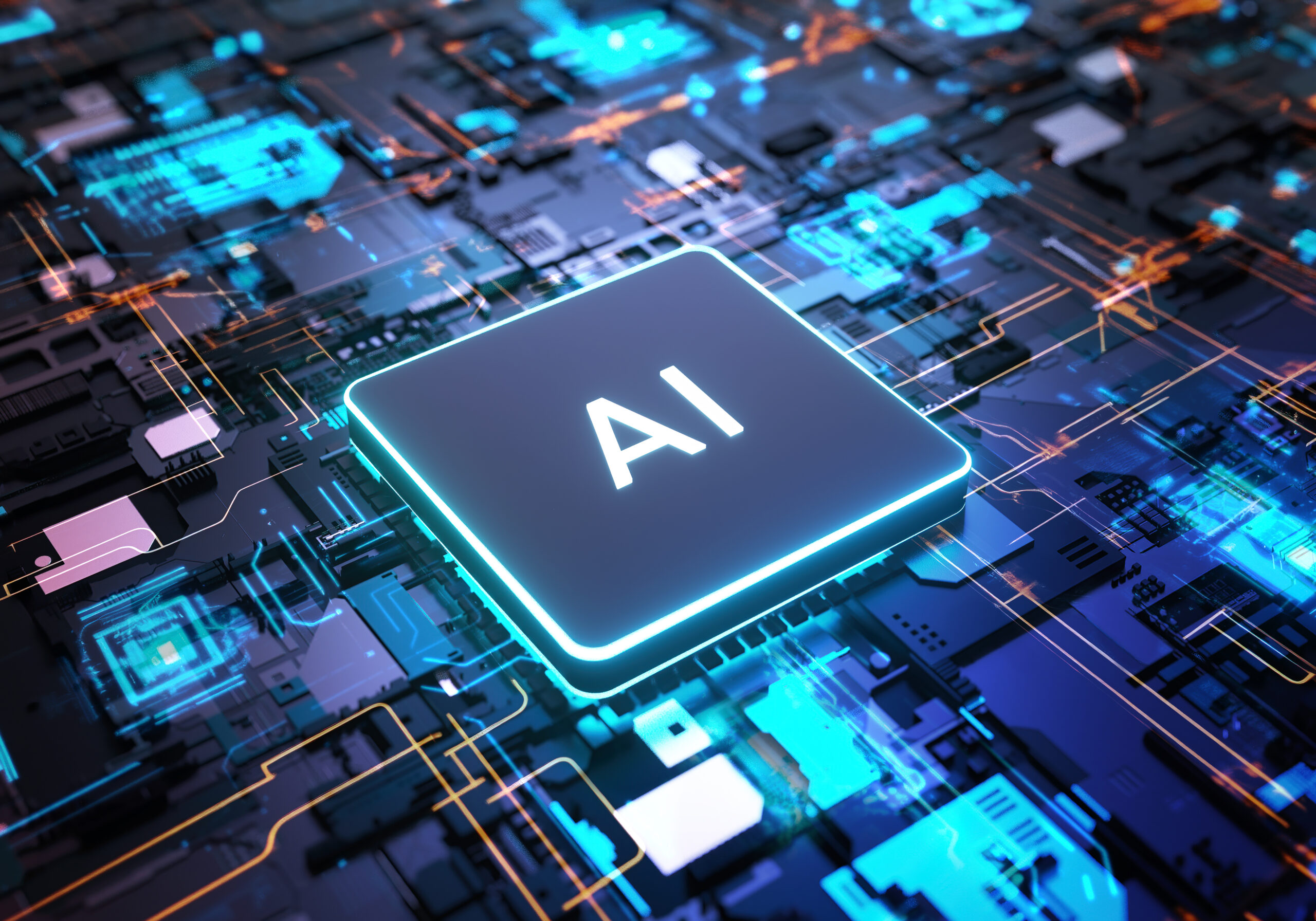Digital transformation is no longer an option but a necessity. This guide explores the role of Generative Pretrained Transformers (GPT) models in accelerating digital transformation, fostering innovation, and redefining customer experiences.
Table of Contents
- Introduction
- Understanding GPT Models
- GPT Models in Digital Transformation
- Implementing GPT Models
- Conclusion
Introduction
In the dynamic landscape of today’s digital era, businesses are consistently looking for strategies to maintain their competitive edge. The adoption of state-of-the-art technologies such as Generative Pretrained Transformers (GPT) models has emerged as a promising approach. This comprehensive guide aims to delve deeper into the potential of GPT models, illustrating how they can act as catalysts in your organization’s digital transformation journey.
Understanding GPT Models
GPT models are one of the most significant advancements in the realm of artificial intelligence (AI). These models are based on the transformer architecture, a form of neural network model that has revolutionized natural language processing (NLP).
GPT models are designed to understand and generate human-like text, enabling them to perform a wide array of tasks that were once considered exclusive to human intelligence. They can write essays, answer queries conversationally, and even draft emails. Furthermore, they have the ability to translate languages, summarize lengthy documents, and generate content based on minimal prompts.
The prowess of GPT models is rooted in their deep learning techniques. They are trained on extensive datasets and can generate contextually relevant content by understanding the patterns and structures in the data. This level of adaptability and capability is what makes GPT models a valuable asset for digital transformation.
GPT Models in Digital Transformation
Enhancing Customer Experience
GPT models have brought a paradigm shift in the domain of customer service through the development of advanced chatbots. Unlike traditional chatbots, GPT-powered chatbots can understand complex queries, provide more accurate responses, and even carry conversations with users. This has significantly raised the bar for customer service in the digital era, leading to improved customer satisfaction and loyalty.
Streamlining Content Generation
Content is at the heart of digital marketing, and GPT models are excellent at generating it. They can create contextually accurate blog posts, craft engaging social media content, and even draft scripts for videos or podcasts. This ability to generate diverse and high-quality content can significantly enhance your digital marketing efforts and drive engagement.
Automating Data Analysis
In an era where businesses grapple with enormous volumes of data, GPT models can prove to be game-changers. They can sift through extensive datasets, identify relevant data points, perform calculations, and present the results in an easy-to-understand format. This capability can streamline decision-making processes, enabling businesses to make informed decisions promptly.
Facilitating Code Writing and Review
GPT models can also contribute significantly to software development. They can generate code snippets based on specific instructions, review existing code for errors, and provide explanations of how a particular code works. This can expedite the software development process, boost productivity, and reduce the likelihood of errors.
Implementing GPT Models
The effective implementation of GPT models involves a well-structured strategy. It begins with setting clear goals about what you want to achieve with the GPT model. This could range from improving customer service to automating content creation.
Next, identify suitable use cases within your organization where the GPT model can be applied. This could involve improving your customer chatbot or automating the generation of content for your blog.
After identifying the use case, the model must be trained and fine-tuned to suit your specific requirements. This may involve training the model on your organization’s specific data to ensure it understands and responds appropriately to your needs.
Finally, the performance of the GPT model must be monitored continuously. This involves checking the accuracy of its outputs, understanding where it struggles, and making the necessary adjustments. This process of continuous learning and optimization will ensure that the model remains effective over time.
Conclusion
The rapid advancements in AI, as illustrated by GPT models, are a testament to the transformative potential of technology. By understanding and leveraging these models, businesses can redefine their operations, foster innovation, and secure their position in the digital race. As we continue to explore the vast potential of GPT models, we are undoubtedly stepping into a future where AI and humans collaborate to create extraordinary digital experiences.
This comprehensive guide serves as a stepping stone in your journey to explore and implement GPT models in your organization’s digital transformation strategy. The future of digital is here, and it is powered by AI. By leveraging the capabilities of GPT models, your business can thrive in this exciting digital era.
